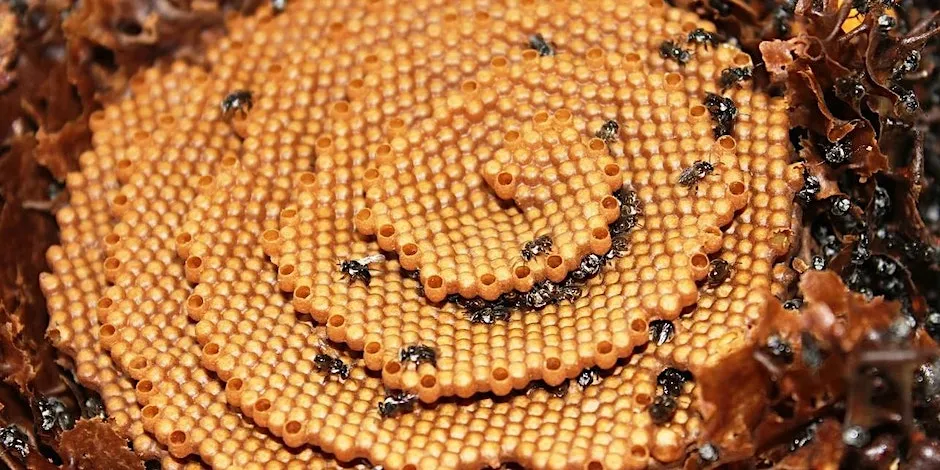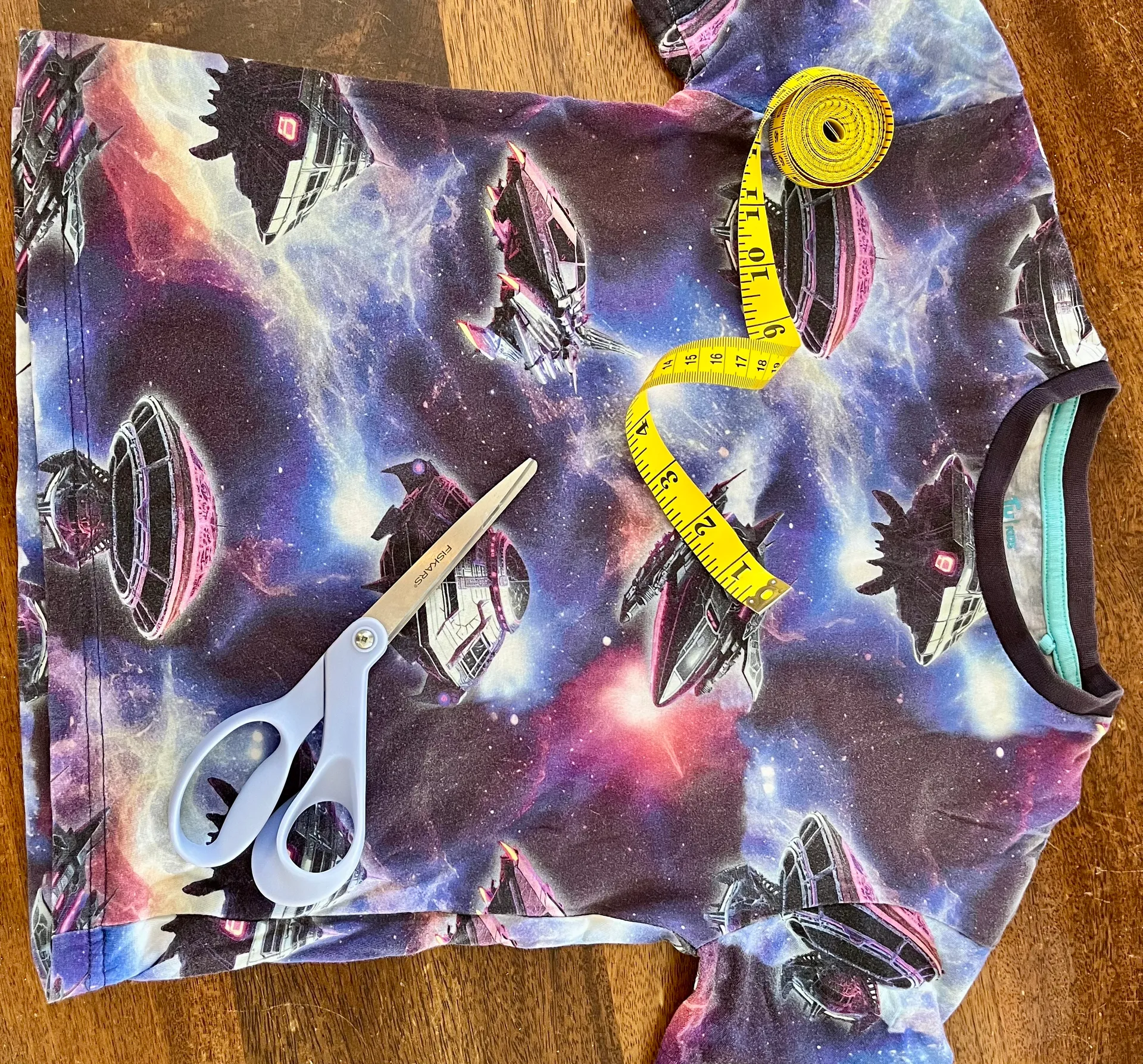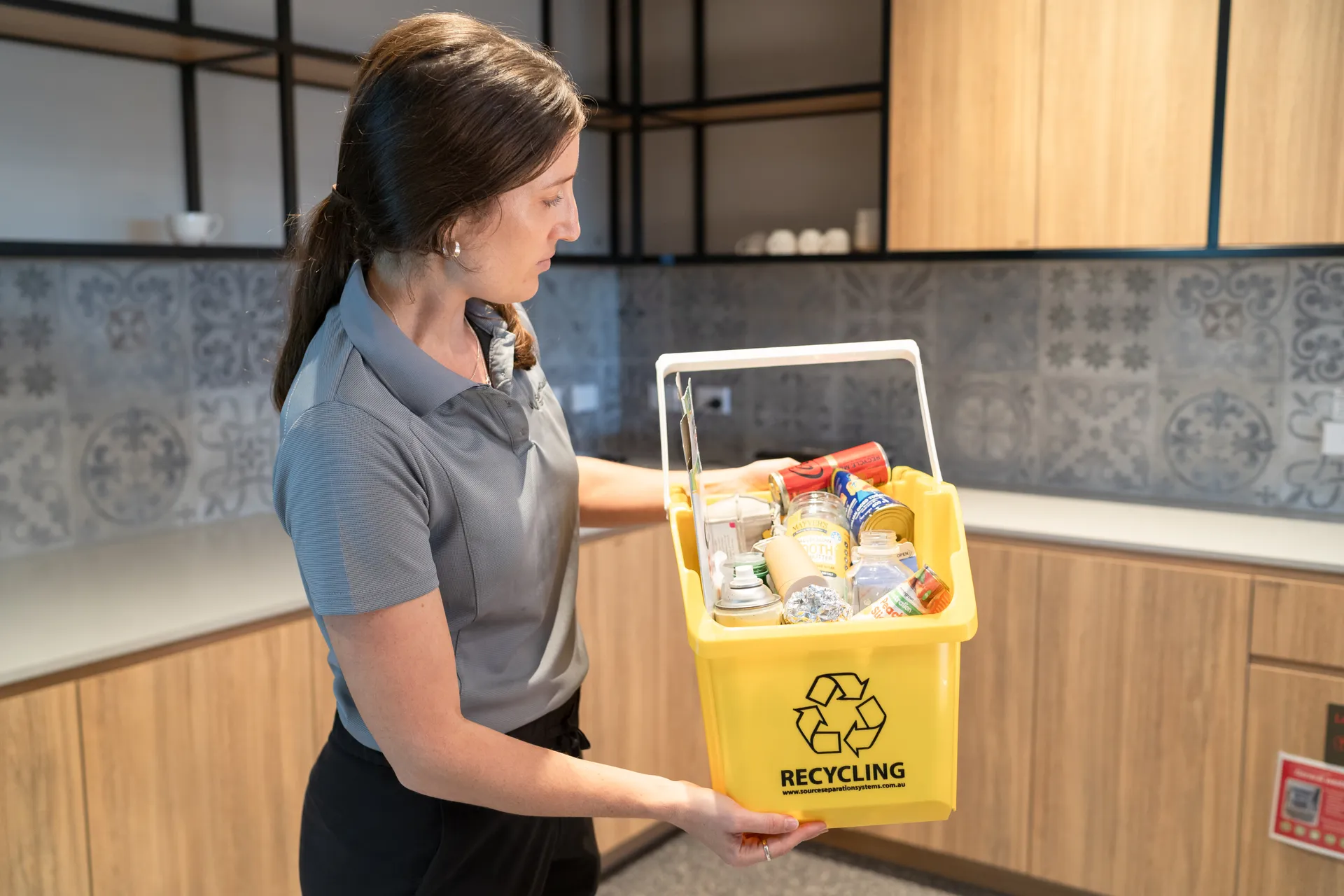How 3D printing can save you money
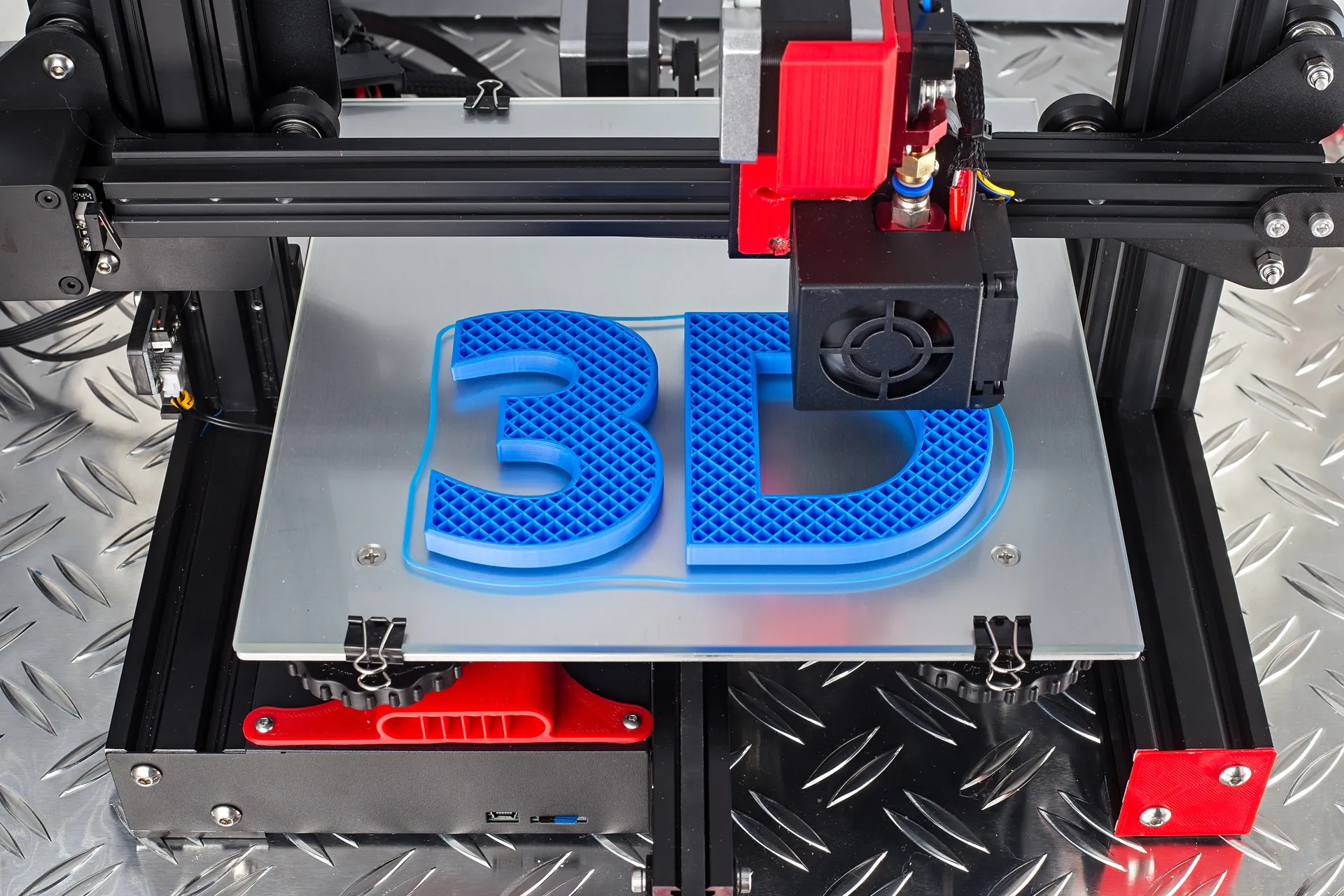
Most have heard of it, but few know how to harness its power to replace everyday broken parts. Whether you're in the market for a 3D printer or want to find a printing service, our handy guide should help you on your way.
You know the scenario, the small plastic thing that attaches the thing to the wotnot breaks, rendering the entire item useless. In many cases, that part can be replaced simply with 3D printing.
The least-daunting, lowest waste path is to use a printing service, but with second hand printers costing just $200, owning your own isn't out of reach.
How 3D printing actually cuts waste
- Repair don't replace
Print knobs, clips, hinges, brackets, battery covers and other tiny parts that stop a whole appliance from working. - Digital spare parts
Models can be stored and re-printed on demand, avoiding over-production and landfill from obsolete pares. - Local, on-demand production
Parts are made only when needed and often closer to home, reducing freight and packaging. - Design-for-life
You can strengthen weak points, add protective feet, or adapt items so they last longer.
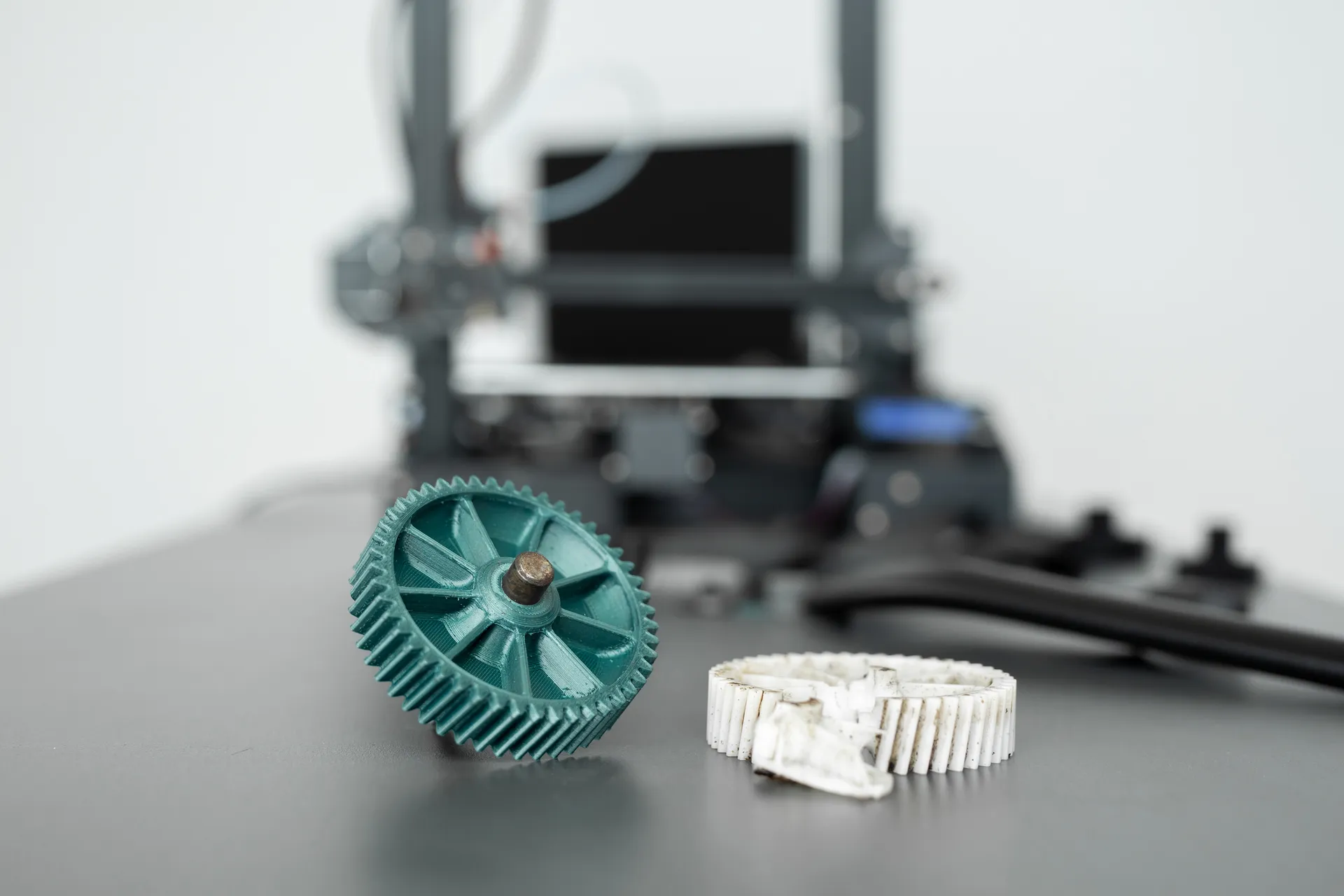
Is 3D printing for everyone?
Modern machines are far easier than the early days (auto-calibration, enclosed chambers, helpful software). Still, there’s a learning curve: bed prep, filament choice, slicer settings and occasional tinkering. If you like DIY (or you already sew, garden or fix bikes), you’ll probably enjoy it.
Using a service first
If printers look daunting or you just need one part, order the print instead — local, in-person help is available (see Sunshine Coast options below), and national online services will quote from your photos or files.
Can I walk in locally, or order online?
Sunshine Coast and nearby
- Sunshine Coast Maker Space (Warana) - Community fabrication lab with 3D printers. They can advise on materials and will print from your files.
- Design 3D Print (Sunshine Coast region): Local service bureau offering custom printing from uploaded designs.
- Zip Print Australia (Sunshine Coast): Commercial 3D print service with upload/quote and local contact.
Brisbane options: KAD3D and 3D Central both do fast-turnaround prints and ship statewide. - The Edge at State Library of Queensland (South Brisbane) runs low-cost inductions and public 3D printer access.
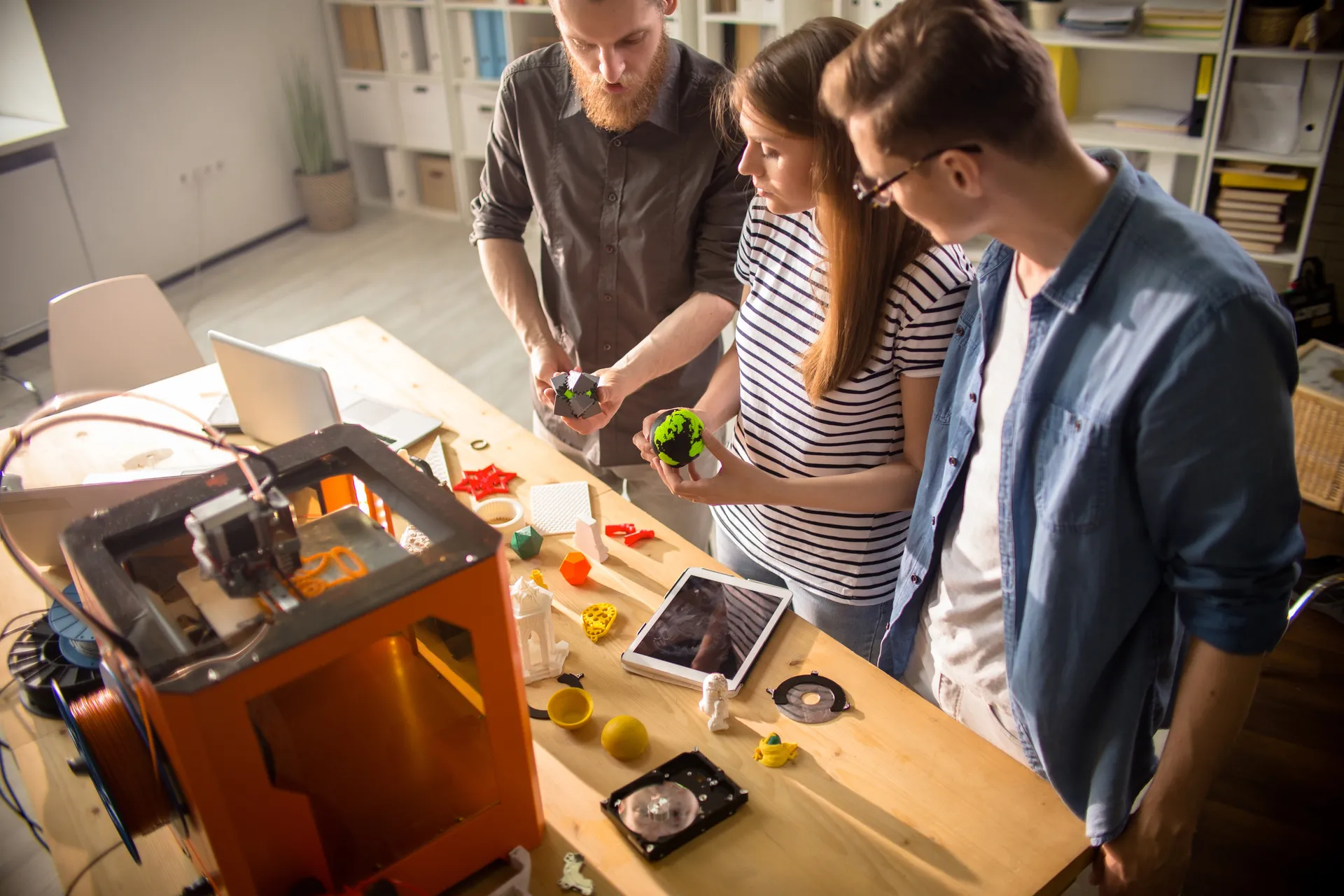
Australia-wide
Hubs (Protolabs Network), Xometry Australia, Craftcloud — upload a model, choose material/finish, get instant pricing and delivery.
Great when you need nylon/PA, resin, or metal parts beyond a household printer.
What to provide when you order a part
Don’t worry if you’re new — here’s a step-by-step guide:
1️⃣ Bring a 3D file (if you have one):
- Best formats: STEP/IGES
- Other common formats: STL/OBJ
- No file? Take the broken bit with you — many services (like Sunshine Coast Maker Space ) can measure and redraw it for you.
2️⃣ Photos and measurements:
- Snap clear photos from all angles
- Measure important parts (especially hole sizes, thicknesses, or anything that needs to fit precisely)
3️⃣ Tell them how it will be used:
- Will it be outdoors in the sun or inside?
- Will it carry weight or pressure?
- Will it touch food or water?
( Example: “A latch for an outdoor gate in full sun.” )
4️⃣ Choose finish and colour:
- Everyday parts: simple matte finish
- Want it smoother or coloured? Just ask.
( Online platforms like Protolabs Network guide you through this step. )
5️⃣ Tips for strength and fit:
- Ask for 2–4 walls (perimeters)
- 25–40% infill is usually enough
- Add extra solid layers around screw holes
- Make sure the part is printed in the
strongest direction
(the shop can advise).
( Advice adapted from help.prusa3d.com )
How strong are 3D-printed parts, and what are they made of?
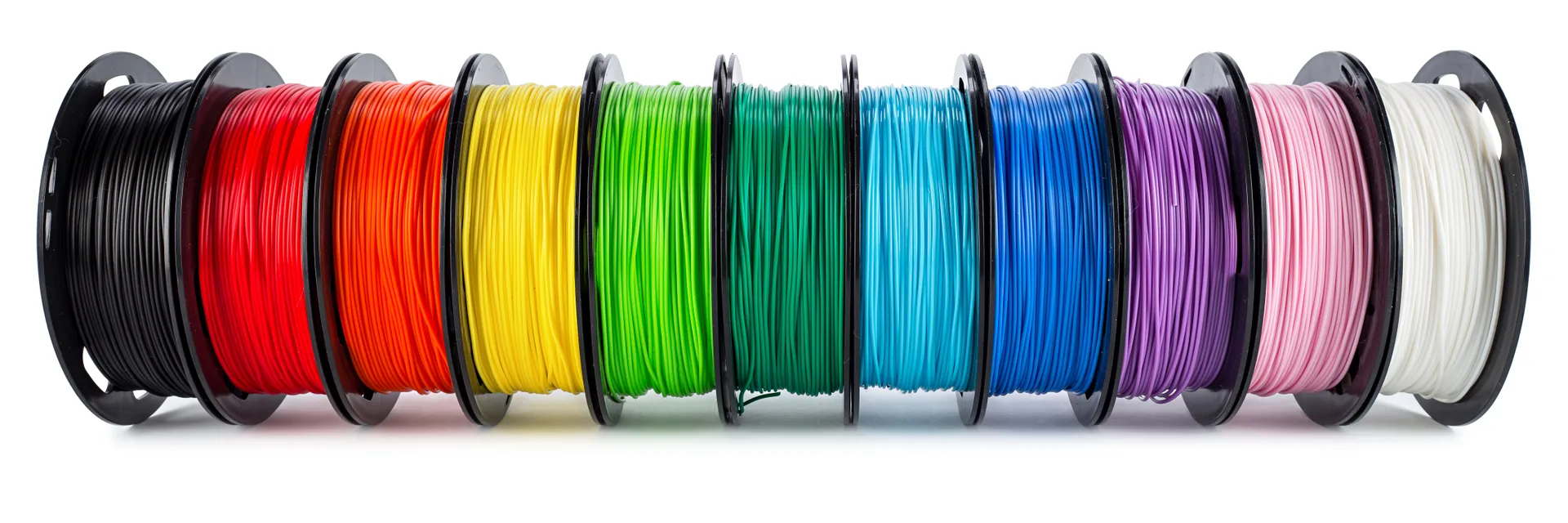
Most household printers use FDM plastics:
PLA
easy to print & stiff; not great in the sun or heat. Good for indoor knobs/caps.
PETG
tougher and more temperature-resistant than PLA; good for clips, brackets and light outdoor use.
ABS/ASA
stronger and more heat/UV resistant; ASA is the outdoor pick. Needs enclosed printer.
Nylon (PA) / CF-Nylon
very tough & wear-resistant; excellent for functional mechanical parts; best ordered from a service.
TPU (flexible)
for gaskets, feet, vibration-damping.
Critical concept
anisotropy: parts are weaker between layers. Orient parts so forces run along layers, not pulling them apart.
Food contact: Avoid repeated food contact unless specially coated and cleaned.
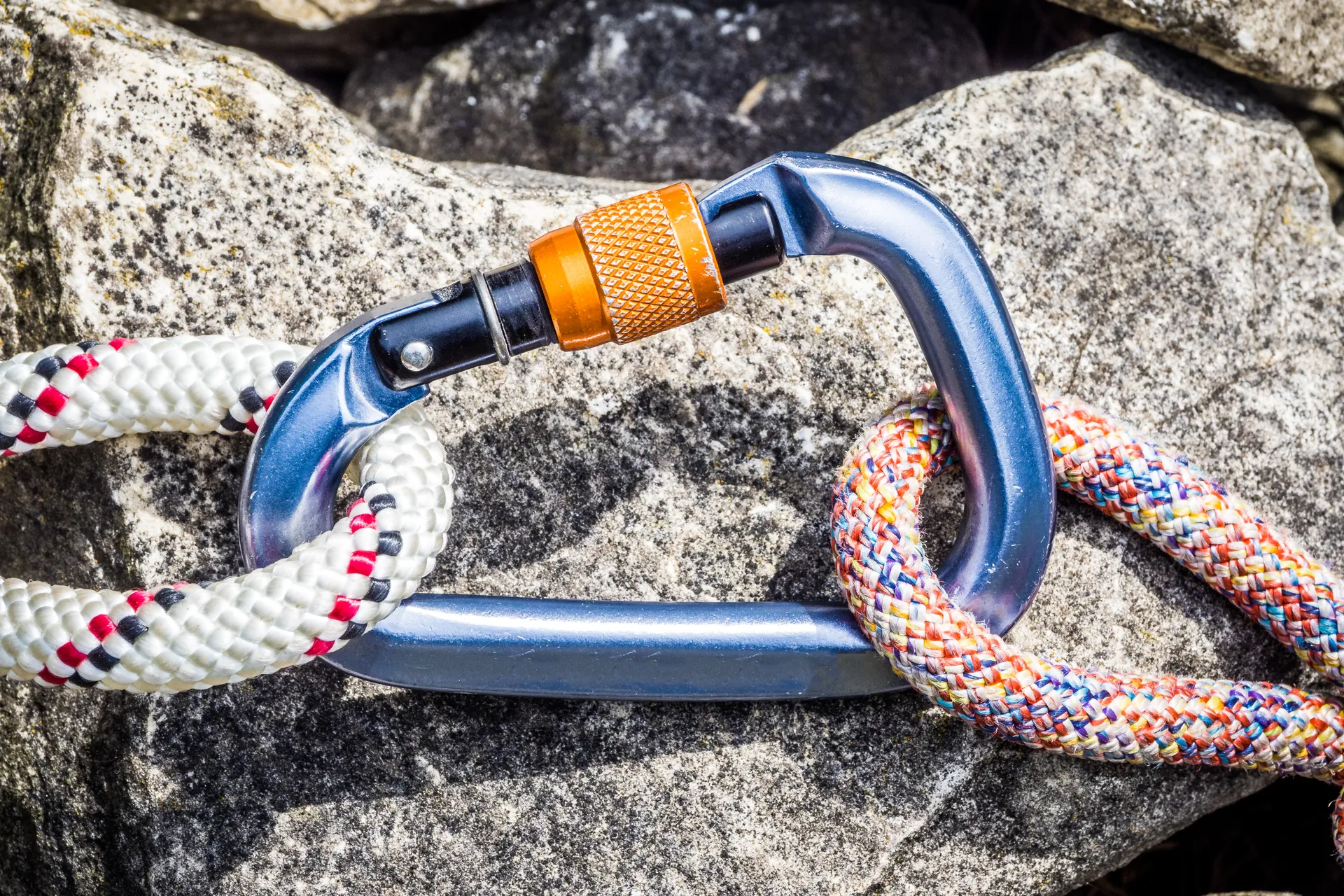
What not to 3D-print
Safety-critical parts
climbing gear, child restraints, structural brackets, pressurised vessels, brake/tow components.
High-heat environments
engine bays, dishwasher parts — unless using the right high-temp materials and processes.
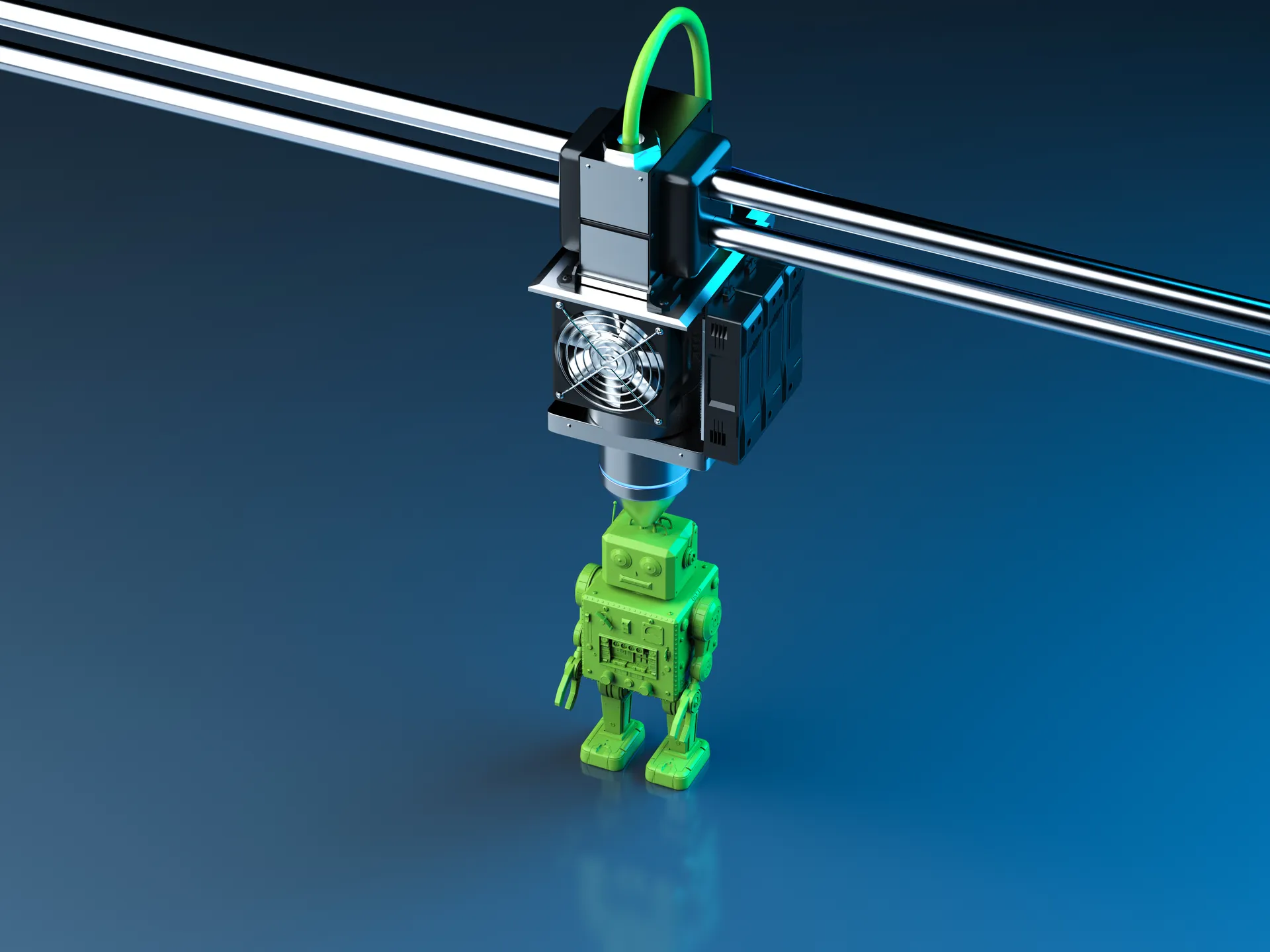
Ready to own?
Recommended models available in Australia:
Value
• Creality Ender-3 V3 SE
• Bambu Lab A1 Mini
• Elegoo Neptune 4 Pro
• Prusa MINI+
Mid-range
• Flashforge Adventurer 5M Pro
• QIDI Q1 Pro
High-end
• Bambu Lab P1S + AMS
• Bambu Lab X1 Carbon
• Original Prusa MK4S
Tip: Keep PLA (indoors) and PETG (tougher) on hand; use ASA or nylon from services for outdoor/UV use.
Quick repair print workflow
- Photograph and measure the broken part
- Search online repositories for a model; or ask a local service to redraw
- Choose material (PLA indoor, PETG tougher, ASA/nylon outdoor)
- Order the print or print at home
- Test-fit and iterate.
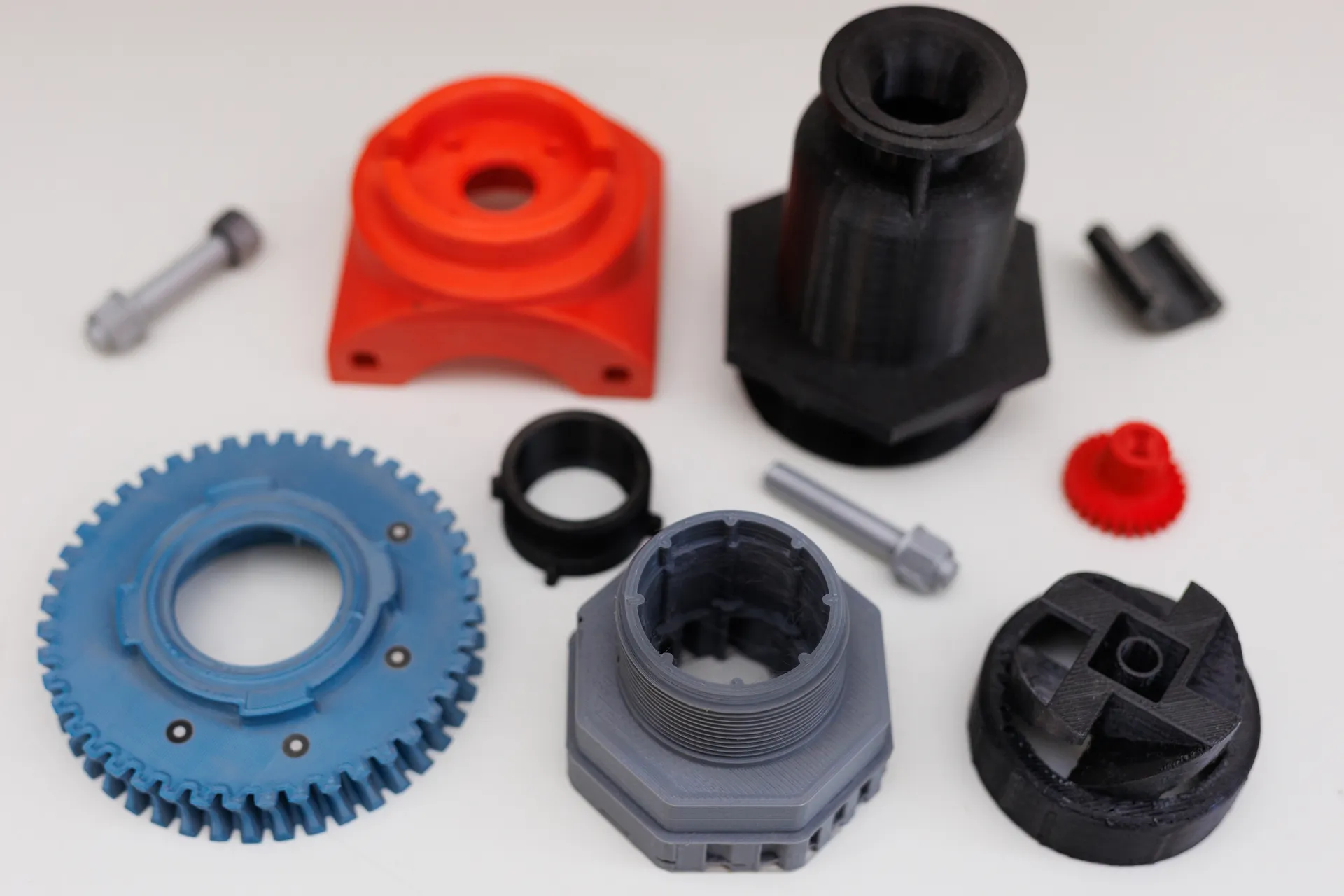
Give it a go
If your goal is less waste and longer-lived stuff, start by ordering prints for the odd repair.
If you catch the bug — or want to prototype sustainably — pick a beginner-friendly printer and keep a small stash of PLA/PETG.
For UV and heat on the Sunny Coast, choose ASA or nylon when in doubt.

